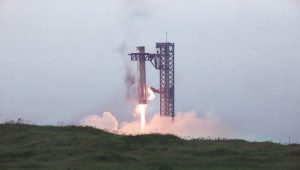The Indian Space Research Organisation (ISRO) has revealed the first glimpse of its Space Docking Experiment (SpaDeX) satellites. This development marks a crucial step in India’s efforts to master advanced in-space docking technology.
Mission Goals and Significance
The SpaDeX mission aims to demonstrate autonomous docking between two spacecraft. This technology is essential for future space missions, enabling multiple spacecraft to rendezvous and perform tasks together.
By achieving this milestone, ISRO will join an elite group of nations, including the United States, Russia, and China, that have mastered this complex capability.
Launch Details
The mission will launch aboard the Polar Satellite Launch Vehicle-C60 (PSLV-C60), underscoring ISRO’s continued innovation. SpaDeX is set to become a landmark in India’s space exploration journey.
Key Features of SpaDeX
- Primary Objective: The mission will showcase the rendezvous, docking, and undocking of two small spacecraft, SDX01 (the Chaser) and SDX02 (the Target).
- Orbit: These spacecraft will operate in a low-Earth circular orbit, simulating critical conditions for future missions.
Why Autonomous Docking Matters?
Autonomous docking is vital for a range of operations, such as constructing space stations and conducting lunar exploration. SpaDeX’s success could pave the way for cost-effective and advanced space missions in the future.















